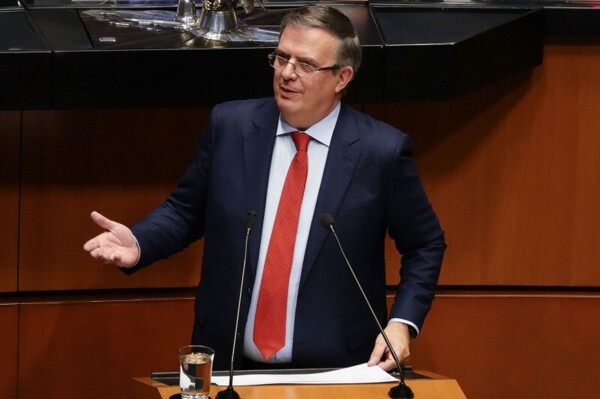
Mexico faces the risk of reaching an unsustainable level of debt, which could lead to the loss of its investment grade. According to the Mexican Institute of Finance Executives (IMEF), even though the fiscal deficit of other nations was once in double digits and much higher than Mexico's, the lack of economic growth will eventually lead to an unsustainable level of debt for a country with an investment grade, like Mexico today. The report states that if translated to a per-capita basis, each Mexican would have to contribute $8,022 to cover the debt, compared to $4,480 in 2018. Mexico's Ministry of Finance (SHCP) estimates that the gross debt will reach 57% of GDP this year, "a level similar to what South Africa had in 2021 when it lost its investment grade, and slightly lower than Brazil's 60% in 2015 when its debt was downgraded to speculative grade," the institute warns. IMEF's recommendation is to reduce the broad deficit to 2.5% of GDP to prevent leverage from continuing to increase. The institution also renewed its flexible credit line for Mexico, but for a smaller amount than before, effectively reducing its size. The imbalance between the growth of debt and GDP concerns IMEF, the institute that represents the technical voice of the private sector. IMEF President Víctor Manuel Herrera Espinosa explained that the core problem is the difference in speeds: while the fiscal deficit is growing at an annual rate of 4%, when the recommendable rate according to world standards is less than 3%, GDP is advancing at less than 1%. By September of this year, the debt reached $1.067 trillion, nearly double in seven years. The loss of the investment grade would cause, among other effects, a significant depreciation of the peso, as happened with the Brazilian real and the South African rand when they were downgraded, the report concludes. The lack of growth will eventually lead us to an unsustainable level of debt for a country with an investment grade like Mexico is today. The International Monetary Fund shares this concern. In its Article IV Consultation, it projects that without adjustments, debt could reach 62% of GDP by 2030. "This means we are spending more than we should, and growing less than we should grow," Herrera Espinosa stated, adding that "the renegotiation of USMCA as an external factor, and the judicial reform and the disappearance of autonomous regulatory bodies on the internal side inhibit investment, and that makes the GDP, the numerator of the indicator, grow slower." IMEF: "Constitutional Reforms Hinder Investment". The data in the IMEF report show the magnitude of the challenge. According to Herrera Espinosa, this credit line functions as an insurance policy: it has a cost while it is not used, but it offers backing for the peso in case of an emergency. In December 2018, the public sector federal debt was $560 billion.













